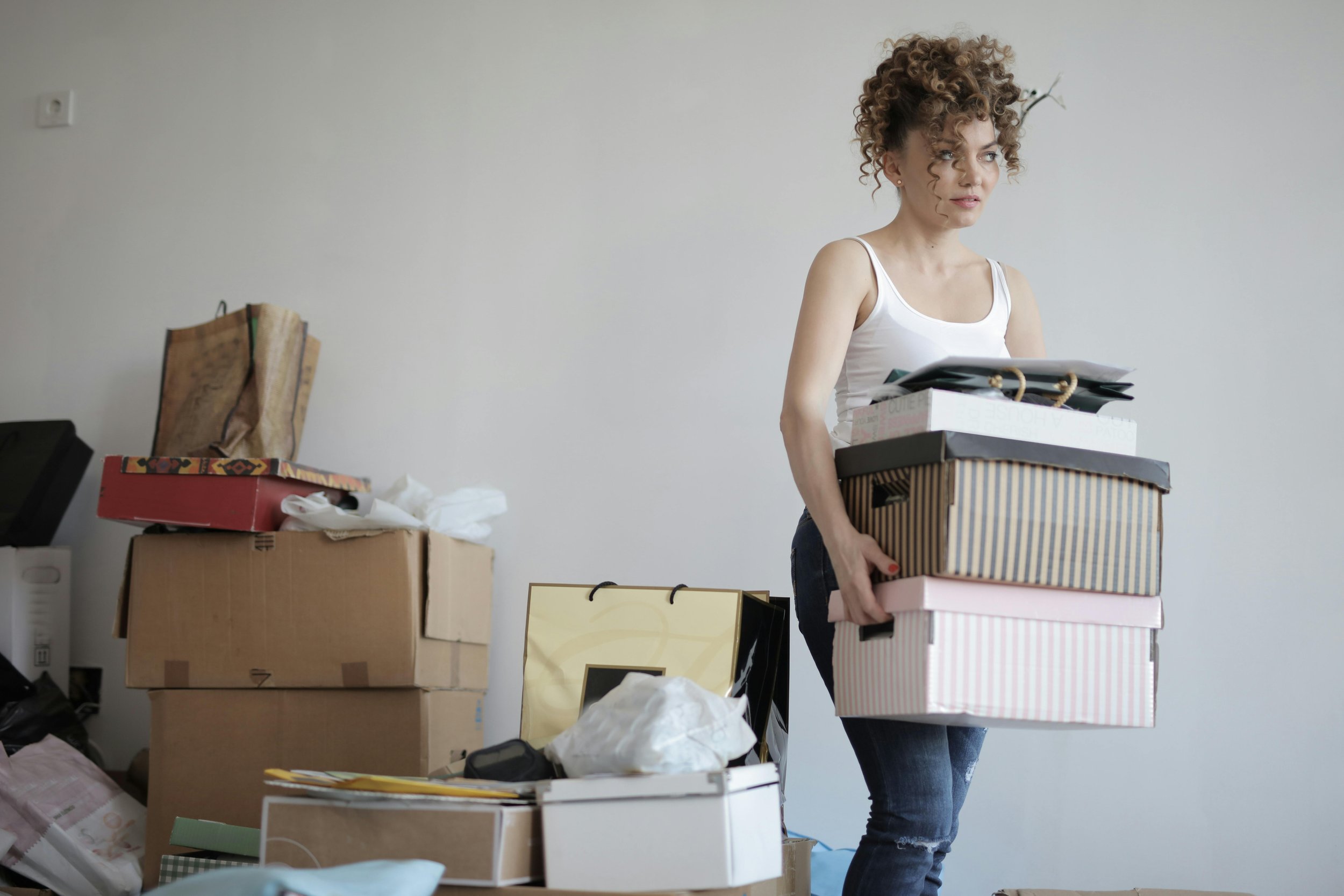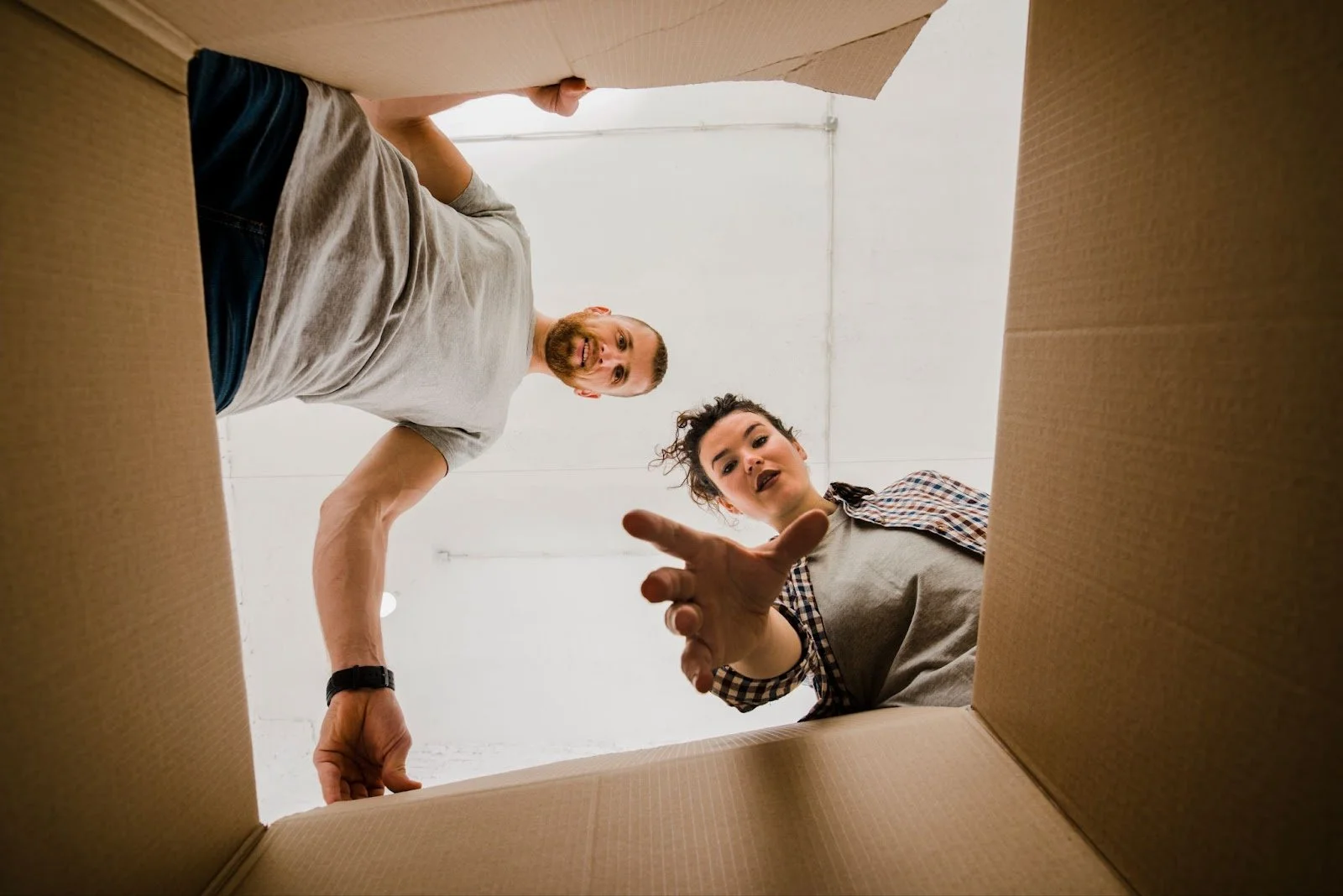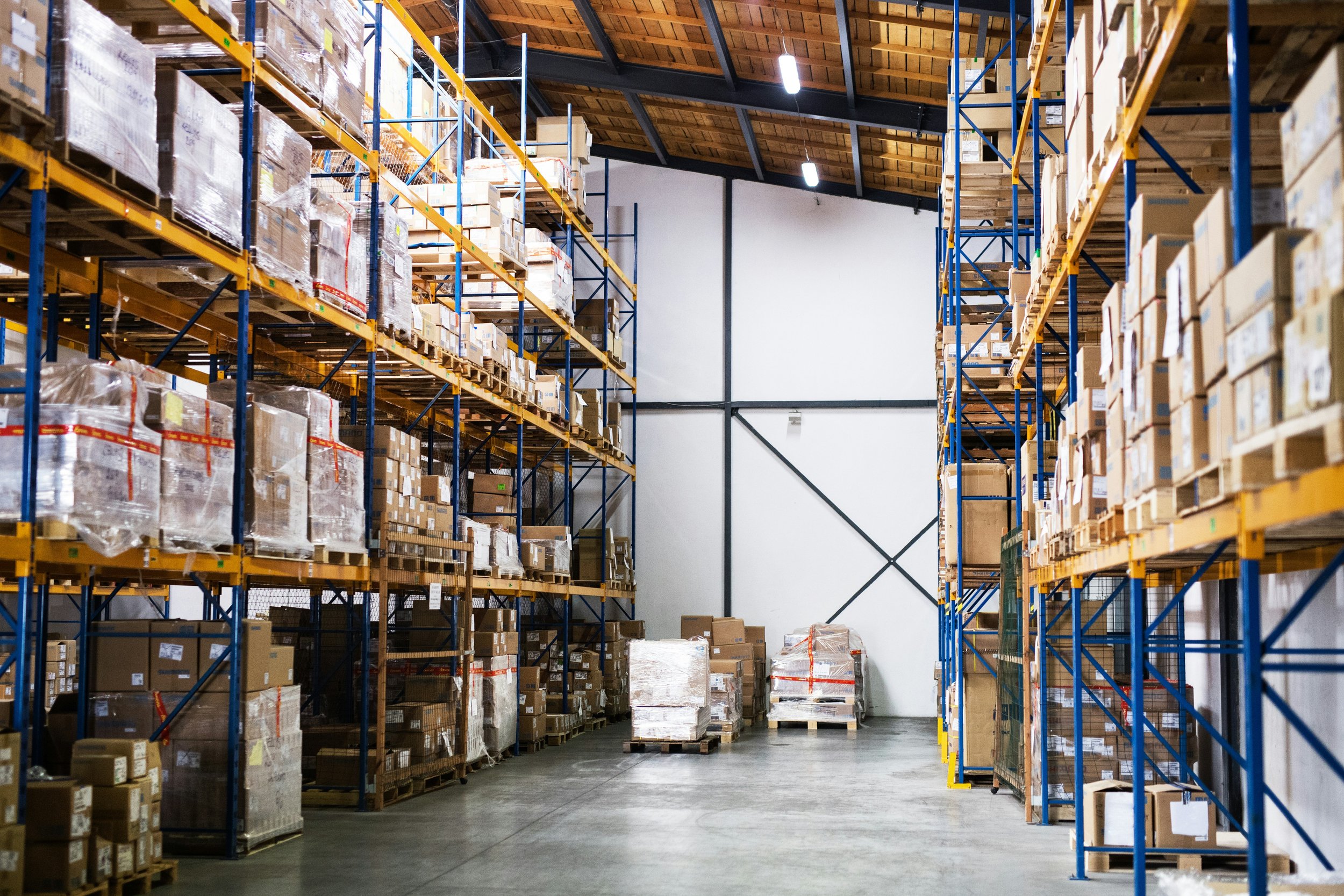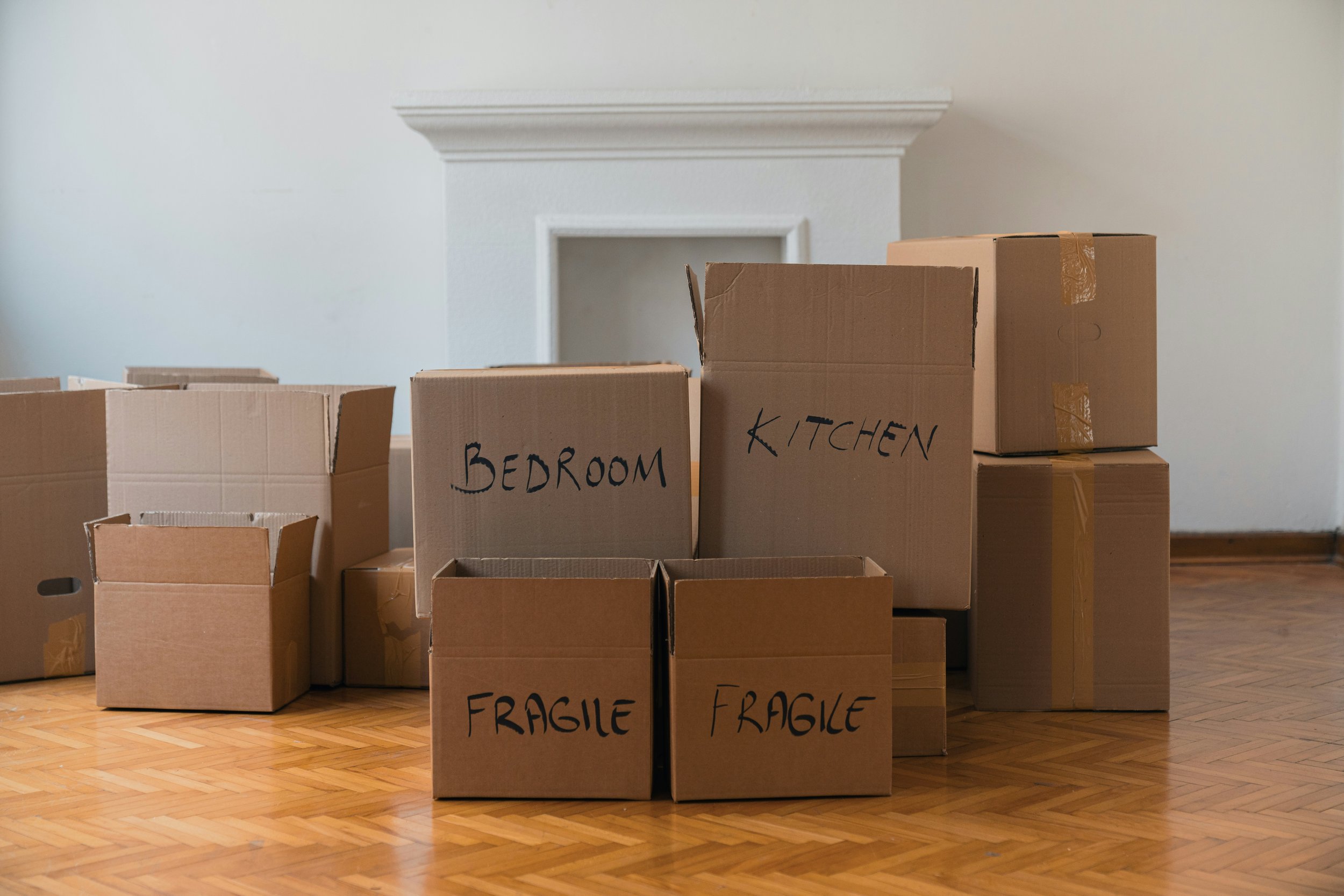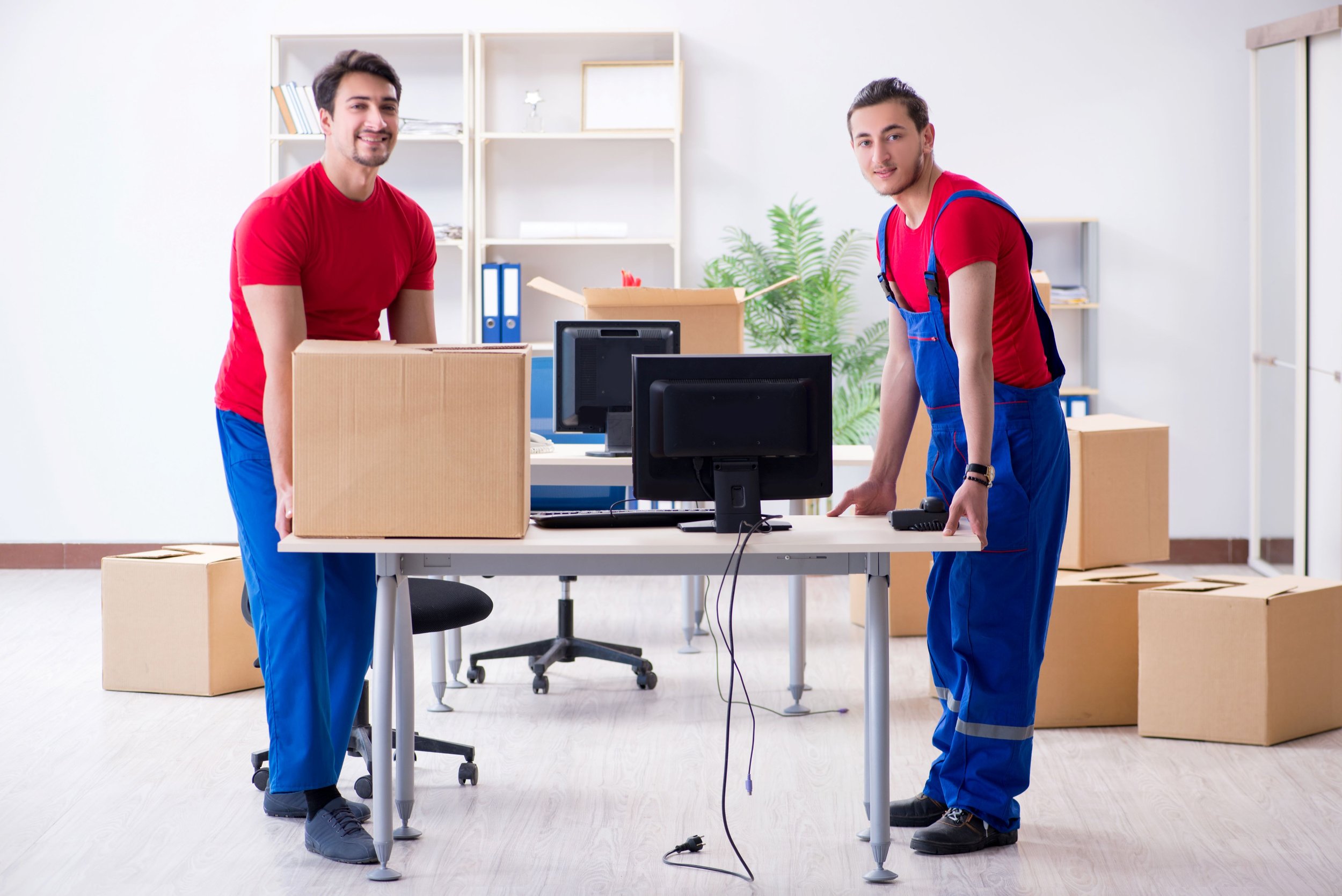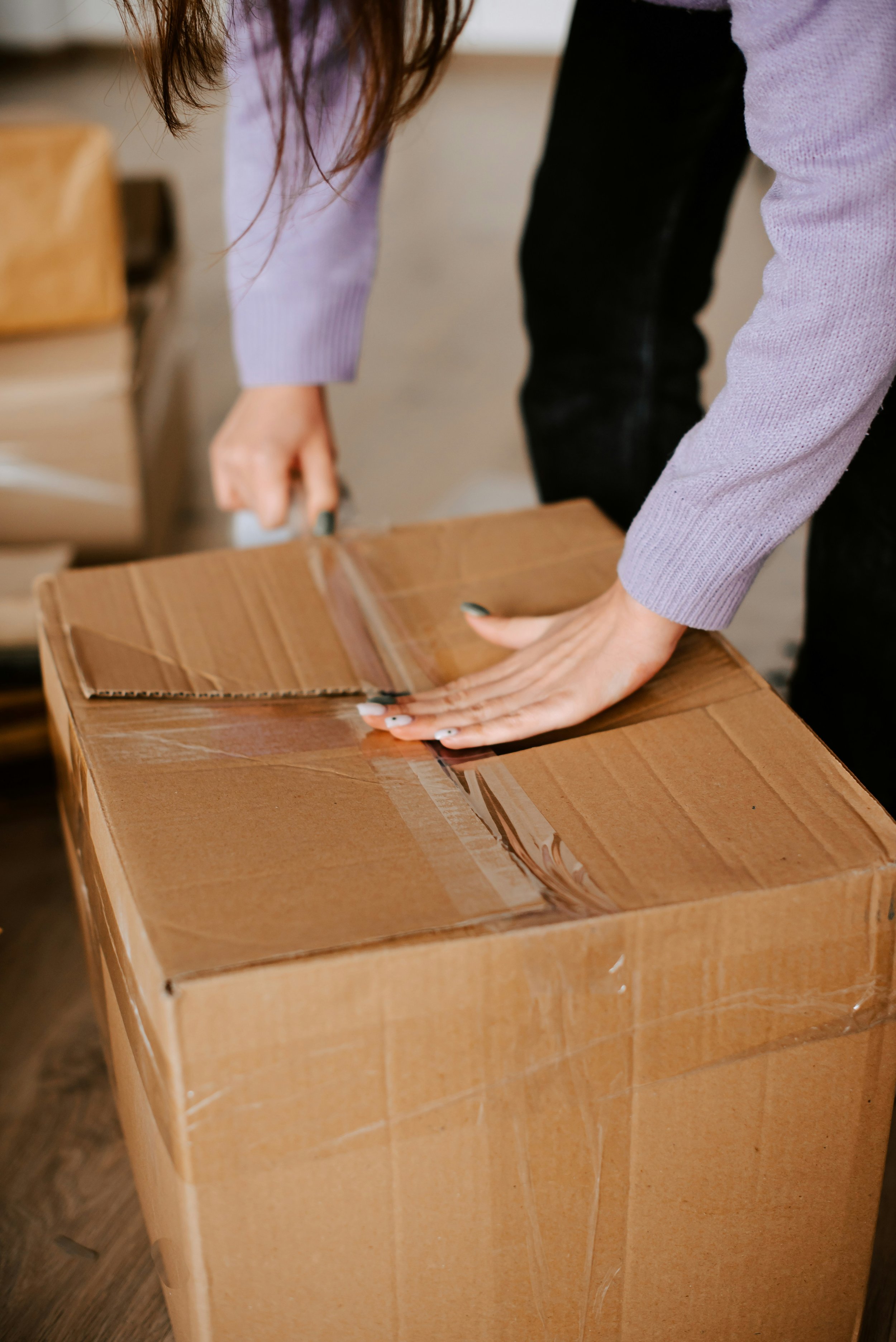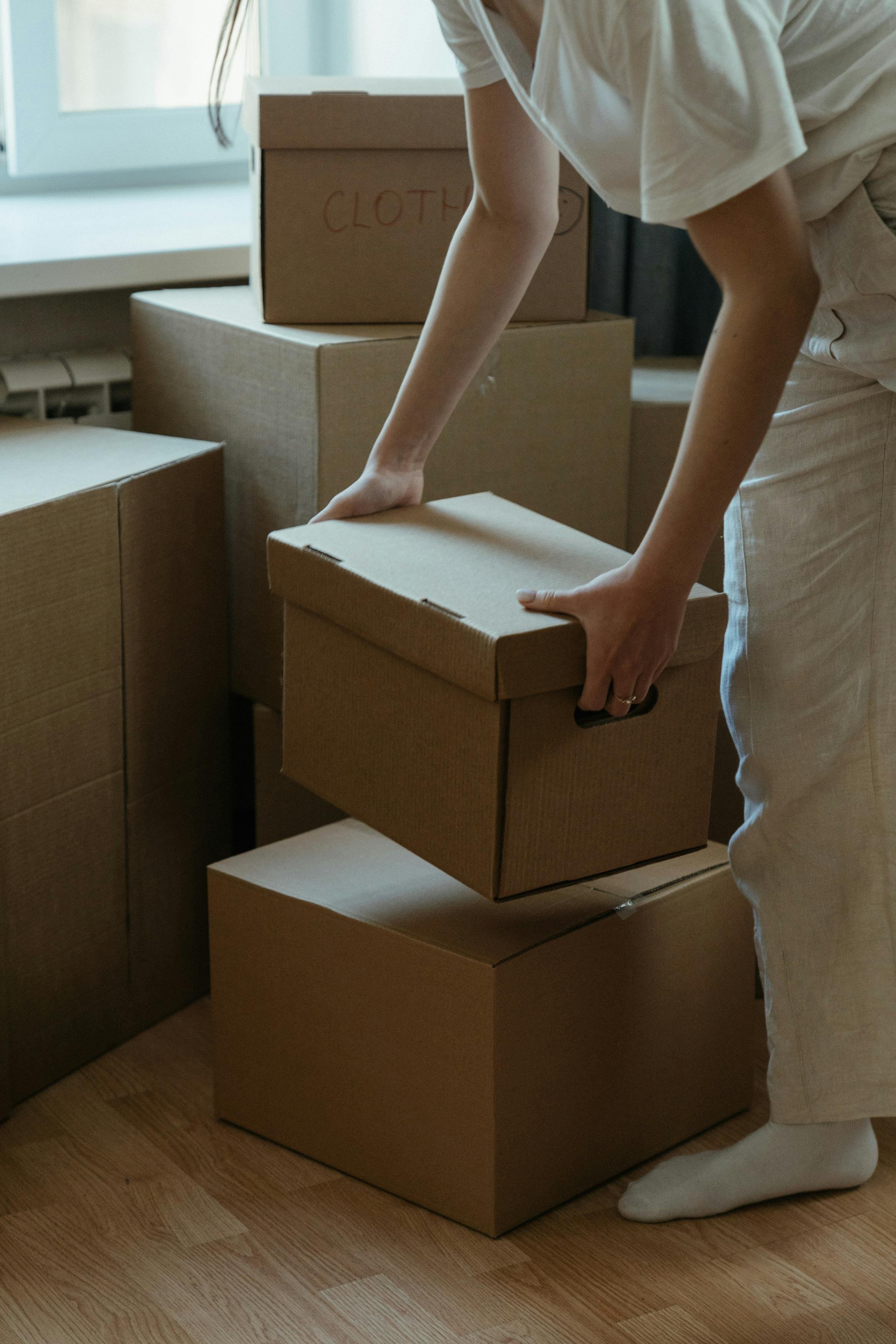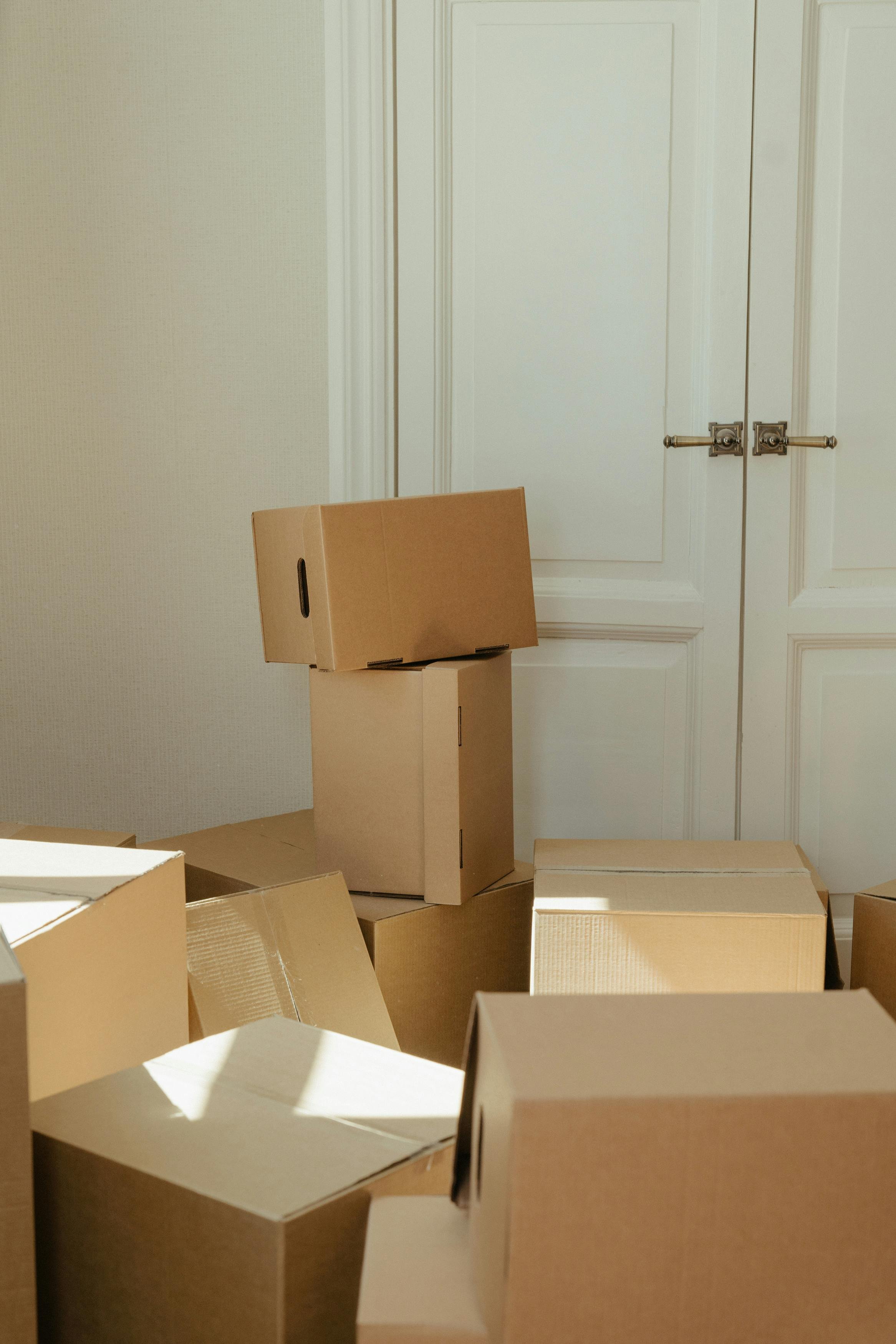How to Pack Like a Pro: DIY Packing Tips
Master the art of packing with these expert DIY tips, ensuring your belongings stay organized and secure during your move.
Perhaps you have nailed the art of packing for a short vacation with clever hacks like the 3-3-3 rule or the 5-4-3-2-1 strategy.
Sure, these formulas keep your bags light and organized, sparing you from overpacking chaos. But now, you are staring at your entire house, all the furniture, dishes, and clothes, wondering how to translate those smart tricks into something that works for an entire relocation.
Here's the good news — packing for a move is not rocket science! However, it does take a sprinkle of strategy and a dash of DIY know-how to keep things smooth and stress-free.
It doesn't matter if you are packing alone for the first time or just want to channel the efficiency of a seasoned professional; this guide will teach you to conquer your relocation and pack like a pro.
So, let's get straight into these tips that will save your sanity and your belongings.
1. Start with a Packing Plan
Have you ever tried to bake a cake without knowing the recipe that works? Cue in a chaotic and messy process — that's exactly what packing without a plan is like!
But what do you need in your plan?
You need to sort through and declutter your things.
Go through every room and ask yourself: Do I use this regularly? Does this have any sentimental value?
Decluttering before packing means less stuff to move. Fewer boxes mean less hassle, and if you are on a budget, that means a less expensive move.
Prioritize essentials by packing items you use daily in an essentials box.
These essentials include items like toiletries, chargers, and a few outfits. This is your survival kit for those chaotic first days in your new home before you properly set everything up.
Plan for zone packing.
What does this mean? You pack one room at a time, labeling each box clearly with the room name and contents. It would be great if you could use color-coded stickers or markers for easier unpacking.
2. Gather All Your Supplies
If there's one thing you should not skimp on during your move, it's packing supplies.
Whether you are tackling the move solo or working with local movers in North Hollywood for transportation, having the right materials can make all the difference.
Ensure you have enough packing supplies. It's better to have excess at the end of your packing than not to have enough.
Your packing supplies toolkit should include the following:
Boxes in different sizes. Small boxes for heavy items such as books, medium boxes for regular items, and large boxes for lightweight, bulky items such as bedding.
Packing tape. Don't rely on the dollar-store roll. Rather, invest in good-quality, durable tape.
Bubble wrap and packing paper to protect breakables like dishes and glassware. Use soft clothing, towels, or even socks as padding if you don't have bubble wrap.
Markers and labels. You'll find them really handy and essential for labeling.
3. Pack Smarter, Not Harder
Throwing everything into random boxes is not the packing hack you should be about to pack like a pro.
Use the weight rule. Keep heavier items at the bottom of boxes and lighter ones on top to prevent crushing.
Avoid the rookie mistake of putting heavy items in large boxes. It looks reasonable, but it makes it almost impossible to lift, and the box is at risk of breaking.
Instead, pack heavy items like books in smaller boxes and reserve the larger ones for lightweight, bulky items like bedding.
Roll instead of folding clothing. Rolling your clothes saves you space. Use vacuum-seal bags for bulky items like coats and blankets to save even more room.
Keep like with like. Pack items from the same category or room together. For example, pack all your kitchen utensils in one box, not spread across five.
4. Protect Fragile Items
One of the biggest nightmares for those who have decided to do it themselves is handling and packing fragile items.
Do you have breakables?
Well, you can handle them by using the dish hack. This simply means using foam plates or cardboard dividers between each plate in a stack.
Wrap glassware in bubble wrap and stuff the insides with paper for extra padding.
Double-box valuables for extra protection. You can pack fragile or sentimental items in a smaller box and place that box inside a larger one with cushioning around it.
5.Labeling is Half the Packing Process
What good is a packed-up house if you have to search through 15 boxes to find plates for your dinner on move-day?
Sure, labeling seems boring, but doing it properly is the bedrock of your entire packing process.
Here's a mini-guide on how to pack like a pro:
Pack by room and categories. For example, write ‘Bedroom — Clothes’ OR ‘Kitchen — Pots and Pans’ on each box.
Use priority stickers. Preferably bright ones to mark boxes as urgent (unpack first) or fragile (handle with care).
It helps to number your boxes. Keep a running list of what is in each numbered box, such as Box 5: Towels and toiletries. This mini inventory is a lifesaver if something goes missing.
Label every side of the box. Don't just write on the top or one side. Label every side so no matter how the box gets stacked, you can easily see what's inside without moving things around.
6. Get Creative with Space-Saving Hacks
Anyone good at packing knows that space efficiency is a major goal. It simply translates to there being fewer boxes and lower moving costs.
Rather than getting boxes for clothes, leave them inside dresser drawers and secure them with plastic wrap or tape. Pack heavier items like books in suitcases with wheels so you don't have to carry them.
Fill empty spaces in boxes. Use socks, scarves, or dish towels to fill the voids and cushion fragile items. It protects them from knocking against themselves when in motion, leading to cracks and breakage.
7. Timing is Everything
When you pack matters as much as how you pack.
As soon as you know you are moving, start packing non-essentials (holiday decor, off-season clothes). Save daily-use items for last.
Set mini-deadlines by breaking the process into chunks. To avoid last-minute panic, pack one room per day to factor in time and pack like a pro.
8. Avoid Common Packing Pitfalls
Even pros have their off days. But you can avoid these off-day mistakes by preventing some common packing pitfalls.
Don't overpack boxes. If it's too heavy to lift, it's too heavy to pack.
Don't procrastinate. Waiting until the last minute means sloppy packing and higher stress levels.
Don't pack flammables or perishables. Most movers won't transport these — they can cause damage or safety issues.
Backup your computer files. Before packing up your tech, back up your files to the cloud or an external hard drive.
It ensures your important documents, photos, and work are safe, even if something happens to your computer during the move.
Final Thoughts — The Pro DIY Mover
All you need to pack like a pro, even when you are on a DIY journey, is a little strategy and a pinch of creativity.
With just the right packing tips at your fingertips, you can transform your moving experience from a chaotic nightmare to an organized dream.
Think of these tips as your relocation version of the 3-3-3 and 5-4-3-2-1 hacks — they are a simple, effective system aimed at streamlining your efforts.
